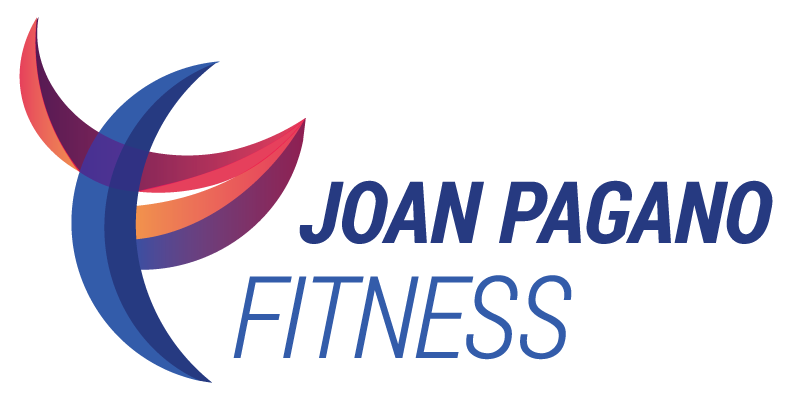Which Exercise is Best for Osteoporosis?
Over the years, many women have come to me for guidance on the best exercise for their bones. Their questions vary, asking for help in interpreting the results of their bone density test and what those numbers mean in terms of choosing safe and effective exercises. Each individual is unique but there are general guidelines that apply to all. One woman saw me working with my regular client in her gym and asked whether I could advise her on her personal situation. She said that in an effort to strengthen her bones she had continually increased her weights, as per the advice of her doctor. But now she had developed shoulder, lower back and knee issues from lifting too much weight. Although the guidelines for strengthening healthy bones call for high impact, high resistance exercises, it’s counter-productive to overload the joints to the point of injury!
Another woman had been diagnosed with osteoporosis and came to me for a fitness consultation. She was so stymied by her diagnosis that she had stopped exercising for fear of causing further damage to her fragile bones. There are many safe and effective exercises for osteoporosis, but you need to bone up on the guidelines.
Between these two extremes, there lies a perfect course for your own routine. The National Osteoporosis Foundation classifies exercises in four groups, beginning with those that are most effective for building bone and, in diminishing intensity, those that are safer options if you've been diagnosed with low bone mass, osteoporosis or are frail.
Group 1: Weight-Bearing, High- Impact, Resistance Activities
Weight-bearing: standing exercises where you are resisting the force of gravity
High-impact: activities where both feet are off the ground
Resistance: applying resistance to the muscles using bodyweight, weight lifting tools (like free weights, stretch bands and tubes, weighted balls) and weight machines
Examples: jogging or running; jumping rope; basketball; weight lifting
Group 2: Weight-Bearing, Low-Impact Activities
Weight-bearing: standing exercises where you are resisting the force of gravity
Low-Impact: activities where one foot is always on the ground
Examples: walking and treadmill walking; cross-country skiing and ski machines; elliptical trainers; stair climbers
Group 3: Non-Impact, Balance, Functional Exercises
Non-impact: activities where both feet are on the ground or you are seated
Balance: exercises to reduce your risk of falls and fractures
Functional: exercises similar to everyday activities
Examples: Pilates and yoga (avoid forward bending postures); Tai Chi; bodyweight exercises like chair squats and heel raises
Group 4: Non-Impact Activities, Non-Weight Bearing
Non-impact: activities where both feet are on the ground or you are seated
Non-weight-bearing: activities where your weight is supported
Examples: bicycling and stationary bike; swimming; water aerobics; deep water walking
All of these activities enhance your health and well-being; however some are less helpful to your bones. If you love to bike or swim, for example, try to do some cross training by adding in walking or resistance exercises for the lower body, like chair squats. But always remember: Safety First! And be sure to check with your doctor before beginning an exercise program or becoming much more physically active. This information is not intended as medical advice.
For more about healthy exercise for your bones, please see Joan Pagano’s video program “Beat Belly Fat, Bloating, Bone Loss and the Blues: Simple Steps to a Better You”
If you have any questions about your own exercise program, connect with me here.
(c) Copyright - Joan L. Pagano. All Rights Reserved Worldwide.
